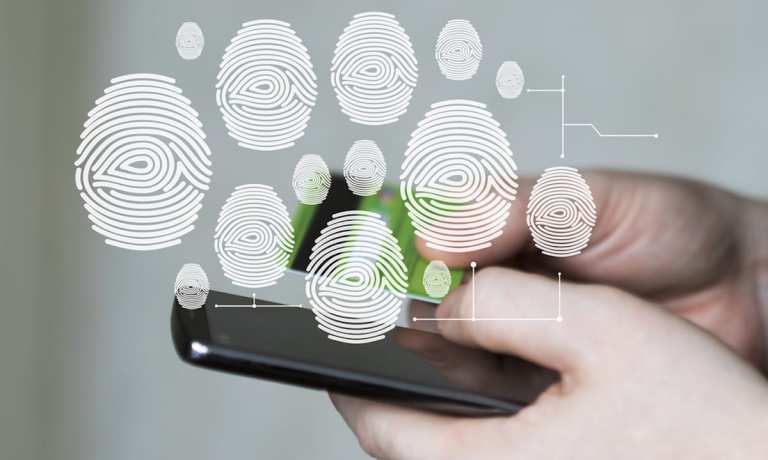
As of this week, Mastercard and Samsung have confirmed a partnership agreement in Korea that will see them develop a biometric card that uses a built-in fingerprint sensor to authorize in-store transactions. The card, according to reports, will be developed using Samsung’s System LSI Business’ new security chipset, which leverages “key discrete chips” to improve efficiency, according to Samsung.
“Drawing from our strong security solution background in various applications such as passports, credit cards and mobile devices, we will work with Mastercard and Samsung Card to create an environment where consumers can use payment card services with added peace of mind,” Samsung Electronics Vice President Harry Cho said in a statement.
The new biometric cards will be viable, and any payment terminal that accepts Mastercard will bypass the need to use a PIN or signature authorization when making a purchase. The rollout is slated to begin slowly in the second half of the year, starting with corporate credit cards that have more frequent international transactions.
It’s a big leap forward, but not quite a start for biometric cards. Mastercard first rolled out a fingerprint sensor credit card technology in 2017. Trials were initially underway in South Africa at the time, with the payments giant touting plans for a global rollout by the end of that year.
It’s not a completely new concept. Between 2014 and 2016, electronic cards put out by firms like Coin, Plastc, Key, Stratos and Curve generated a lot of buzz. The concept consolidated a series of cards into a single, digital device that looked and felt just like a credit card, but stored all of a consumer’s information, allowing them to dip or swipe the device at (almost) any terminal. A few of them included biometric scanners for fingerprints, as well as the ability to switch payment cards after making a payment but before it had been processed. All were connected to an app, some of which offered built-in financial management tools to make them more useful for consumers.
But it was a utility that customers by and large never really got to experience. Most of these firms simply faded away quietly, unable to generate enough pre-order action to get their cards anywhere close to going into production. Plastc blew up on launch and went under with $9 million worth of preorders unfilled. Coin did a little better: It managed to get cards into customers’ hands, but its product disappeared when it was acquired by Fitbit.
Though these products were good at generating buzz and a few enthusiastic product reviews, they had problems. Getting the card into production and shipping it out was the main one, despite the fact that some, like Plastc, literally had millions of pre-orders. There was also the issue that electronic cards required batteries to operate, which meant payment cards became yet another device that consumers had to remember to charge each day. And then there was the fact that the electronic payment card aimed to solve a problem that very few people actually had: the inconvenience of carrying more than one card at once. Generally speaking, consumers were content to keep carrying their low-tech, but always functional, plastic cards.
But this second round of upgrading the payment card by adding on biometrics seems to have a bit more momentum behind it, with support from more established players. Aside from Mastercard, NatWest began testing biometric payment cards in 2019. Gemalto started out in 2018 by launching a contactless credit card with a fingerprint reader to Bank of Cyprus customers. And Mastercard has been active since starting out in 2017, partnering with identity solutions firm IDEMIA and Singapore FinTech MatchMove to pilot a biometric fingerprint card for in-store transactions.
And while it’s not yet known what exactly Samsung and Mastercard will roll out, it will almost certainly draw the relatively minimal power it needs from payment terminals directly, in the same way that contactless cards already do (the new ones are also contactless). And that simplicity might be what enables biometric-enabled cards to soar instead of sinking like they did about five years ago.
Because the new experience actually removes the need for a PIN or a signature, without adding the friction of having to charge it. Whether that added convenience will be enough to finally start pushing biometric cards forward remains to be seen.